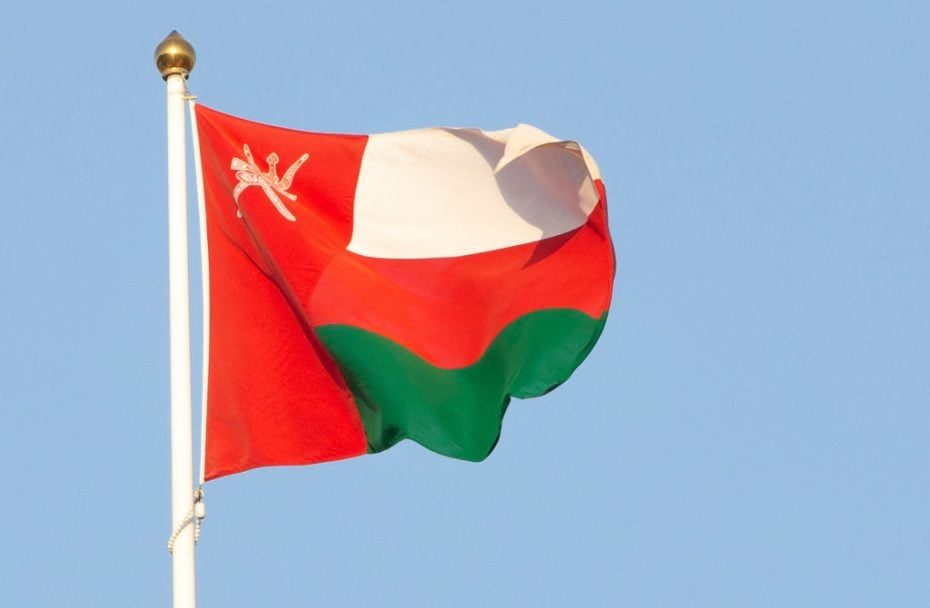Oman’s real gross domestic product (GDP) expanded by 4.7 per cent in the first quarter of the year compared with the same period of 2022, supported by an increase in non-oil activities and growth in the hydrocarbon sector.
The latest data from the National Centre for Statistics and Information showed that the economy was boosted by a 4.6 per cent gain in the non-hydrocarbon sector and a 3.5 per cent in oil activities.
Oman said other depository corporations (ODCs) consist of conventional and Islamic banks in the sultanate.
Central Bank of Oman (CBO) said the total outstanding credit extended by ODCs rose by 6.5 per cent to OMR30.3bn at the end of June, with credit to the private sector surging by 7 per cent year-on-year (YoY) to OMR25.4bn.
The central bank said that the deposits held with ODCs jumped by 4.4 per cent YoY to OMR27.5bn while private sector deposits rose by 2.7 per cent to OMR18bn.
Meanwhile, the combined balance sheet of conventional banks showed a 5.1 per cent YoY growth in total outstanding credit during the same period under review.
CBO said credit to the private sector increased by 5.4 per cent to reach OMR20.2bn while their overall investments in securities plunged by 5.9 per cent to OMR4.6bn as of June 2023.
Investment in government development bonds also declined by 5.1 per cent to OMR2.1bn, while foreign securities soared by 90.8 per cent to OMR1.3 billion.
The total assets of Islamic banks and windows rose by 12.6 per cent on a YoY basis to OMR7bn and constituted about 17.2 per cent of the banking system’s assets as of June 2023. Sharia-compliant entities provided financing of OMR5.8bn, up 12.8 per cent compared to the same period a year ago.
Oman’s central bank said total deposits held with Islamic banks and windows rose by 10.5 per cent to OMR5.2bn.
On monetary aggregates, broad money supply M2 as of June 2023 increased slightly by 2.8 per cent to reach OMR21.4bn, driven by a 5.9 per cent increase in quasi-money despite a 4.8 per cent decline in narrow money (M1).
Oman economic growth
Meanwhile, Oman is set to become the fastest-growing economy in the GCC in 2023, with a 4.3 per cent projected growth, the World Bank said in a report in April.
The report indicated that the sultanate is expected to perform better than its oil-rich GCC neighbours amid the decreased growth. “Despite weakening oil demand, Oman’s relatively high growth is expected to be sustained by increased hydrocarbon production capacity, in particular, aided by the development of new natural gas fields,” said the World Bank.
Oman passed its 2023 budget with a deficit of OMR1.3bn or 3 per cent of GDP in January. Oman’s budget projected revenues of OMR11.7bn, up 10 per cent compared to OMR10.6bn and expenditures of OMR12.9bn, a 7 per cent increase from the previous year.
Source : GulfBusiness






































